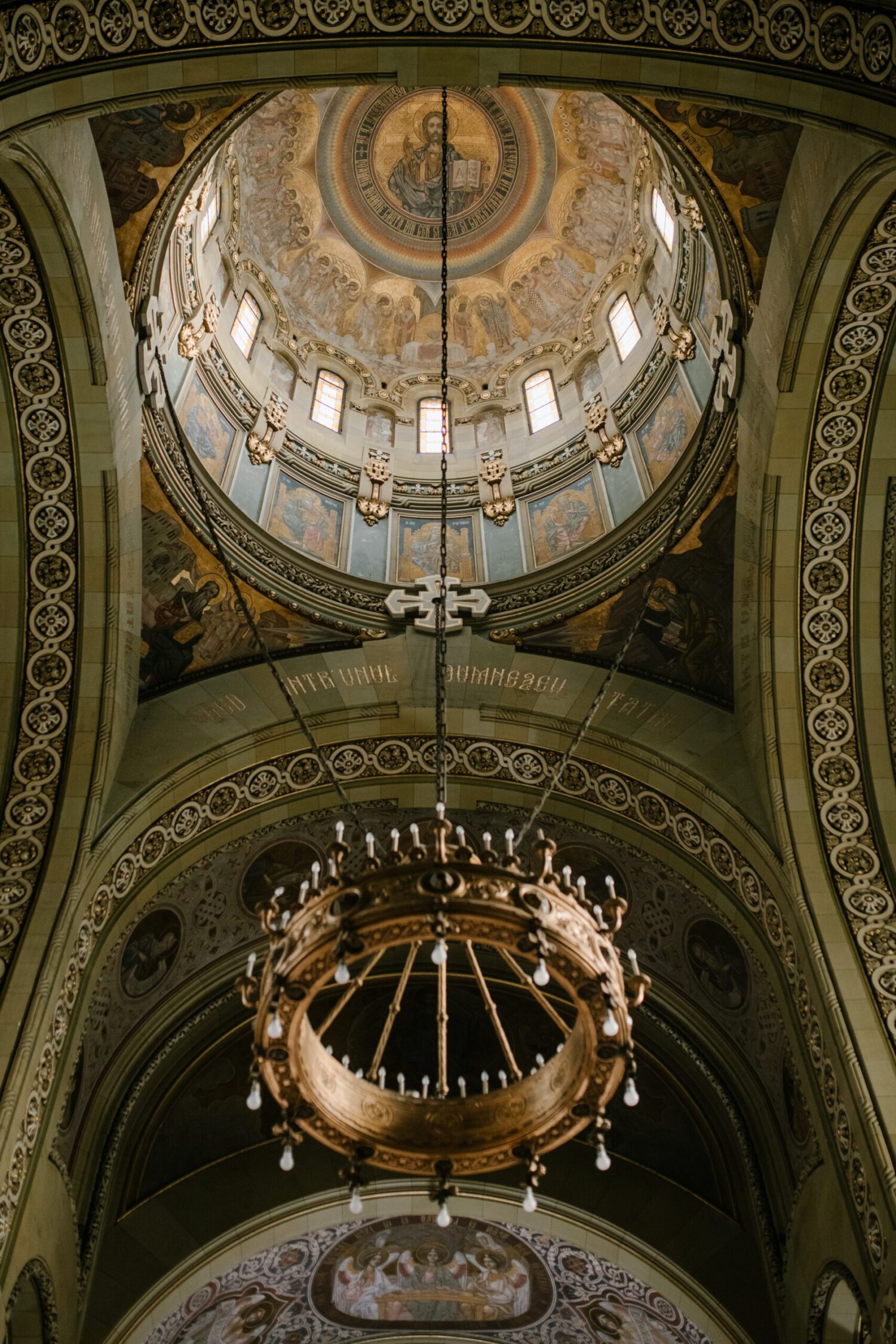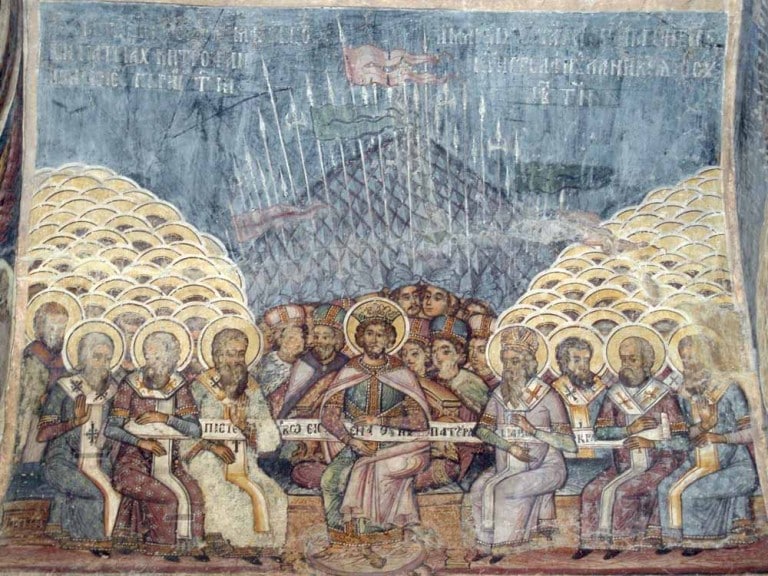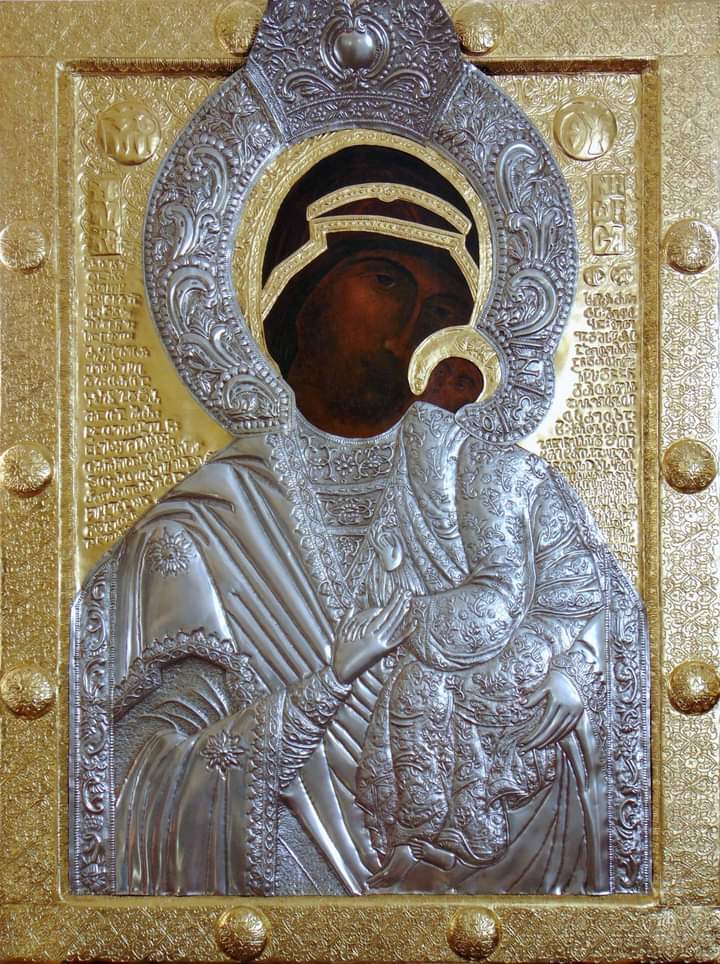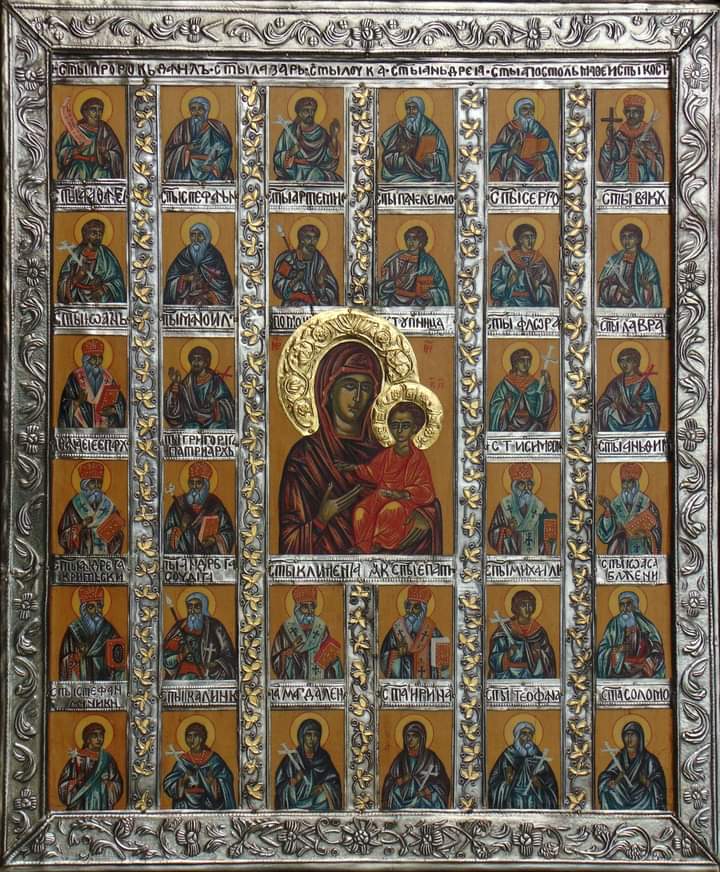Written by Yuriy Pushtaev for Foma.ru
The word “icon” has a primarily sacred meaning for us today. This is what we call a pictorial representation of the Holy Trinity, the Lord Jesus Christ, the Holy Mother of God, the angels and saints, and also the events of sacred history, drawn in accordance with church canons and consecrated.
By the way, in the ancient Greek language the word ἡ εἰκών (eikōn), from which our word “icon” is derived, did not denote sacred objects. In Russian (and also in Bulgarian – note translation) it is translated as “image”, “image”, “similarity”, “comparison”.
This was the name given to any painting or artistic image, even statues. This ancient Greek word is cognate with the verb ἔοικα (eoika) – “I am similar”, “resemble”, “suitable”, “suitable”. In Byzantium, after the adoption of Christianity, the ancient Greek word ἡ εἰκών (eikōn) was transformed into ἡ εἰκόνα (ikona), and this word began to designate the church’s sacred images, i.e. the icons.
In the second century, the images of Christ, the Blessed Virgin Mary, the saints and the events of sacred history appeared. And already by the fourth century, the walls of many of the temples were painted with picturesque images.
However, as is known, icon veneration in the Church is not easily established. In the 8th – 9th centuries in Byzantium, the heresy of iconoclasm – ἡ εἰκονομαχία (ikonomahia) became widespread.
Her followers, among whom there are also Byzantine emperors and even patriarchs, believe that the worship of icons violates the Second Commandment of God: “You shall not make for yourself an idol or any likeness of anything that is in heaven above or that is on earth below or that is in the water underground; do not bow down to them and do not serve them…” (Ex. 20:4-5).
We should mention that the heresy of iconoclasm arose partly as a response to the extremes of popular icon veneration, which by this time was beginning to degenerate into superstition. I.e. like many other heresies, iconoclasm was actually a completely wrong way out of the wrong situation that was created at the time. In this period, for example, the custom of taking icons as children’s adopters (godparents), mixing icon paint into wine for Holy Communion, etc. was widespread.
Iconoclasts justify their fight against icons by saying that we should not worship “something made by hands”. In the course of the theological disputes on this topic, the defenders of icon veneration formulate that we should worship icons and kiss them, but not serve them, because only God is fit to serve: “We can worship not only God, because worship is an expression of respect, but we should serve no one but God”.
We may also worship the Cross, the Gospel, other holy places, but not serve them. The icon is an image of the First Image, and “the honor which is given to the image ascends to the First Image; and he who worships the icon, in fact worships the person (hypostasis) of what is depicted on it”.
Interestingly, the heresy of iconoclasm combines two extremes: extreme spiritualism and prosaic worldly interests. On the one hand, in the words of the iconoclasts, the Deity is completely indescribable and it should not be “insulted by wordless and dead matter”. On the other hand, the heresy of iconoclasm also received support for state-political, purely secular reasons, under the conditions of the Byzantine Empire’s struggle against monasticism. The monks had no intention of abandoning icon veneration, and the emperors Leo III Isaurus (717-741) and Constantine V Copronymus (718-775) thought that the monasteries attracted too many material resources and people who could serve the empire in her many wars against the barbarians.
And perhaps there would not be such ferocity in the fight against the icons if the question about them was not related to material and state interests. The iconoclast emperors, fighting against monasticism, simultaneously became fierce against icons. By the way, the real support in the fight against the “iconoclasts” the iconoclasts receive precisely from the Byzantine army and the military.
It got to the point where the most zealous and cruel iconoclasts destroyed the monasteries and killed the monks who refused to “put on white clothes and marry immediately”.
Under Emperor Constantine Kopronimus in Constantinople, “no trace of monastic robes can be seen, they all hid.” This causes a huge monastic emigration. According to historians’ calculations, no less than 50,000 monks fled to Italy alone.
However, the fierce struggle against icons, which in many ways is being waged because of the secularization of public life and culture and because of worldly interests, leads to a significant impoverishment of culture. Icons representing remarkable works of art were destroyed, and the walls of churches were painted with images of birds and plants, the artistic value of which was immeasurably lower.
A.V. Kartashev in “History of the Ecumenical Councils” writes about the “hypocritical and false argument of the iconoclasts”, which calls “to leave all knowledge and art, given by God for His glory”. The iconoclasts reject “in principle all knowledge, all theology, and all human thought and word – as tools for expressing dogmas. This is not only hypocritical, feigned barbarism, but also simply dualism, denying the sanctity of all material things. The Seventh Ecumenical Council orthodoxly rises against this hidden heresy of monophysitism and dualism, and defends together with art “all knowledge and art as given by God for His glory”. In this way, the enlightened liberalism of the iconoclasts turns out to be obscurantism, and the theology of the Seventh Ecumenical Council – the deepest and indisputable blessing of science and culture”.
In 754, an iconoclast council was held, which condemned the veneration of icons. This council anathematized the Patriarch Germanus of Constantinople and the Venerable John Damascene, who were staunch supporters of icon veneration. Although the council claimed ecumenical status, its decisions were later rejected by the Church.
The Seventh Ecumenical Council held in 787 confirmed the dogma of icon veneration. And in 843, another church council took place, which confirmed all the creeds of the Seventh Ecumenical Council and established an order of proclamation of eternal memory of the zealots of Orthodoxy and anathematization of heretics. This rite is still performed in our Church on Orthodox Sunday (the First Sunday of Great Lent).
Note about the author: Candidate of Philosophical Sciences, senior researcher of the Philosophy Department of the Institute of Scientific Information for Social Sciences of the Russian Academy of Sciences (INION RAN), researcher of the “Information Systems in Humanities Education” Laboratory of the Philosophical Faculty of Moscow State University, researcher of the magazine “Questions of Philosophy”.
Photo: Icon of Ever-Virgin Mother of God / Ikoni Mahnevi, https://www.facebook.com/profile.php?id=100057324623799













